
Culinary Quickies: Food Processor, Blender or Immersion Blender? Which to use for what
The recipe says blend, what is the correct appliance to use? They may seem interchangeable but a food processor, blender and immersion blender each have unique functions. Yes, they do have some features that overlap, but here are the main uses for each of these appliances.
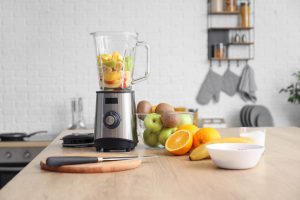 Blender: The first electric blender was introduced in 1922 by a Polish immigrant to America, Stephen J. Poplawski, who was working at a soda fountain. His invention made producing malts and ice cream sodas easier and faster, and within the next ten years the companies Waring and Hamilton Beach had also introduced their brands of blenders. An electric blender is generally used to puree, liquify or chop things like ice, ice cream, fruits and vegetables. Today there are high speed variations that can grind grains into flours and whose motors rotate at high enough speeds to actually heat liquids, creating hot soups. A blender is best used for making purees and other pourable concoctions.
Blender: The first electric blender was introduced in 1922 by a Polish immigrant to America, Stephen J. Poplawski, who was working at a soda fountain. His invention made producing malts and ice cream sodas easier and faster, and within the next ten years the companies Waring and Hamilton Beach had also introduced their brands of blenders. An electric blender is generally used to puree, liquify or chop things like ice, ice cream, fruits and vegetables. Today there are high speed variations that can grind grains into flours and whose motors rotate at high enough speeds to actually heat liquids, creating hot soups. A blender is best used for making purees and other pourable concoctions.
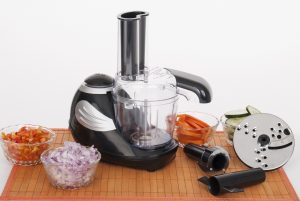
Food Processor: One of the first commercial food processors was the Robot-Coupe in 1963, followed shortly by the Magimix brand made for home use.
The invention of the Cuisinart in 1971 brought the food processor to more households after it was featured in an article in Gourmet magazine in 1973.
Food processors generally have the ability to chop, slice, shred, grind, and puree almost any food and many also have the ability to knead dough. The most common blade is the “s” blade or sabatier blade. There are generally also an array of interchangeable discs that have different cutting abilities. The electric food processor allows the chef to quickly and easily prepare foods for multiple uses in large batches, such as grating potatoes for latkes, or shredding carrots for carrot cake. The modern food processor is a good replacement for a box grater.
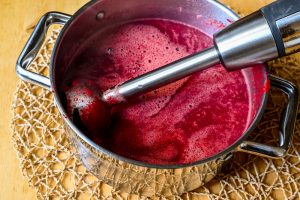 Immersion Blender: Also known as a stick blender or hand blender, the immersion blender was invented by Roger Perrinjaquet in Switzerland and patented in 1950. The original invention was commercially manufactured under the brand Bamix (still one of the leading manufacturers of immersion blenders today). An immersion blender is designed to be placed into the substance to be blended, eliminating the need for transferring from pot to blender and back. These wands are ideal for pureeing soups and sauces while still on the stove. They are also wonderful at emulsifying dressings and gravies. If your immersion blender is plastic, remember to cool the liquid down a bit before blending (do not blend in a pot that is still on the heat).
Immersion Blender: Also known as a stick blender or hand blender, the immersion blender was invented by Roger Perrinjaquet in Switzerland and patented in 1950. The original invention was commercially manufactured under the brand Bamix (still one of the leading manufacturers of immersion blenders today). An immersion blender is designed to be placed into the substance to be blended, eliminating the need for transferring from pot to blender and back. These wands are ideal for pureeing soups and sauces while still on the stove. They are also wonderful at emulsifying dressings and gravies. If your immersion blender is plastic, remember to cool the liquid down a bit before blending (do not blend in a pot that is still on the heat).
Food Processor Salsa Supreme
Makes 2-3 cups
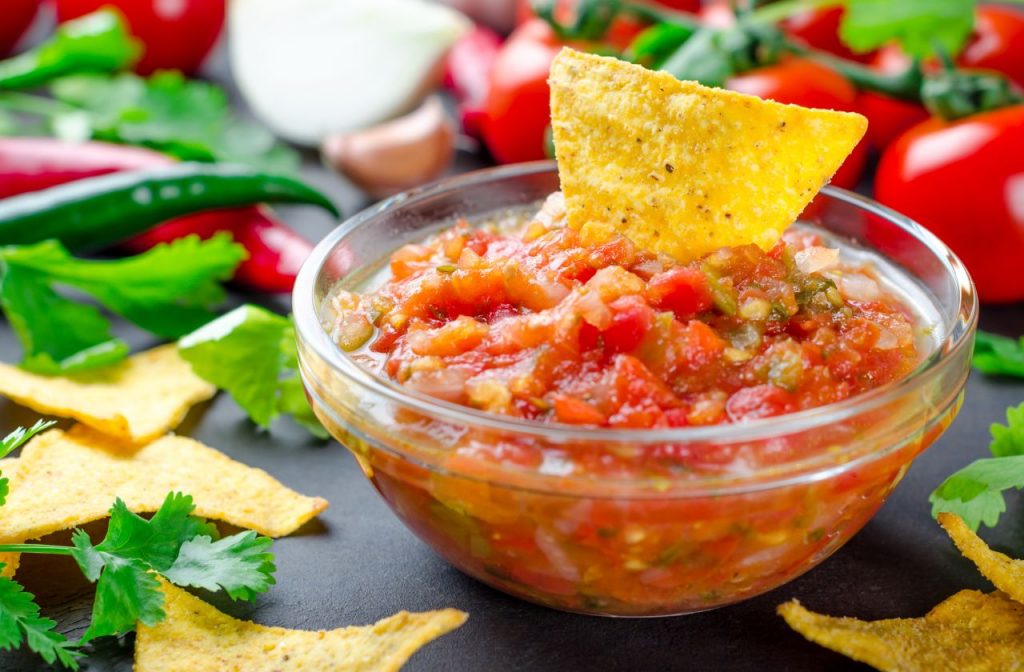 Ingredients:
Ingredients:
6 Roma tomatoes, cubed
6 tomatillos, husked and cubed -OR- 6 green tomatoes
1 large white onion, cubed
1 or 2 jalapeno peppers, cubed
2 or 3 large cloves garlic
1 cup cilantro leaves
Juice of 1 lemon/lime
Salt & pepper to taste
Directions:
1. Place all ingredients in the bowl of the food processor, use the pulse feature to pulse until the texture you prefer is achieved.
2. Taste and adjust seasoning.
Additional/alternate ingredients: chopped mango, avocado, cucumbers, pineapple
Blender Berry Smoothie
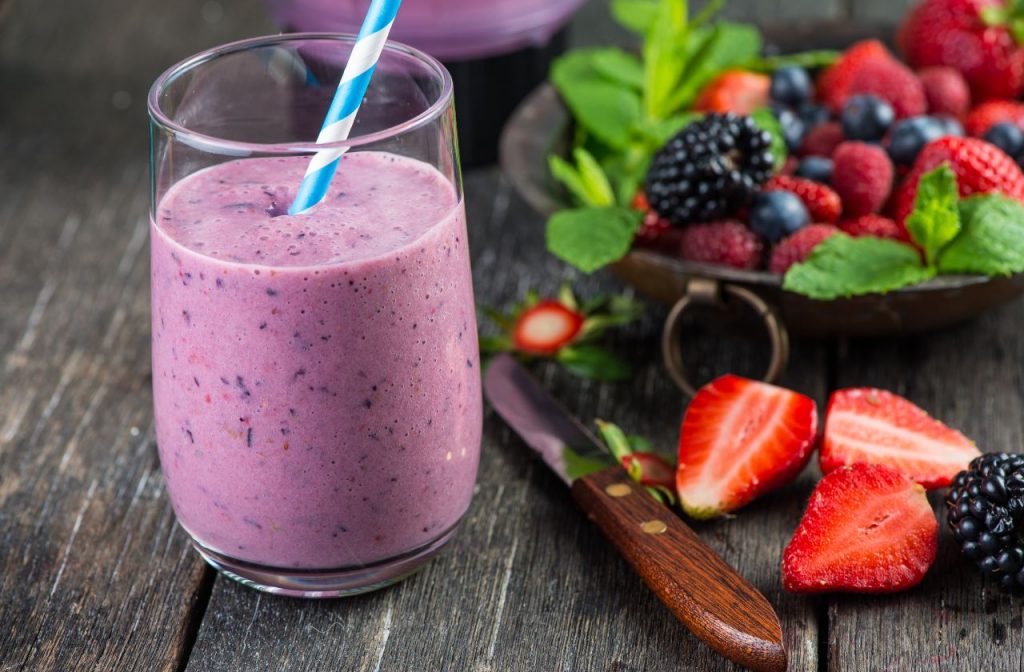 Ingredients:
Ingredients:
2 cups fresh or frozen berries of your choice
1 cup plain or vanilla yogurt
1 cup milk of choice
1 tablespoon honey or maple syrup (adjust to personal taste)
1 to 2 cups ice, depending on how slushy you prefer your smoothie
Directions:
1. Place the first four ingredients into the pitcher of a blender and puree until smooth.
2. Add the ice a cube at a time, blending on ‘crush setting’ until desired consistency is reached.
3. Pour into tall glasses and enjoy
Immersion Blender Roasted Garlic Aioli
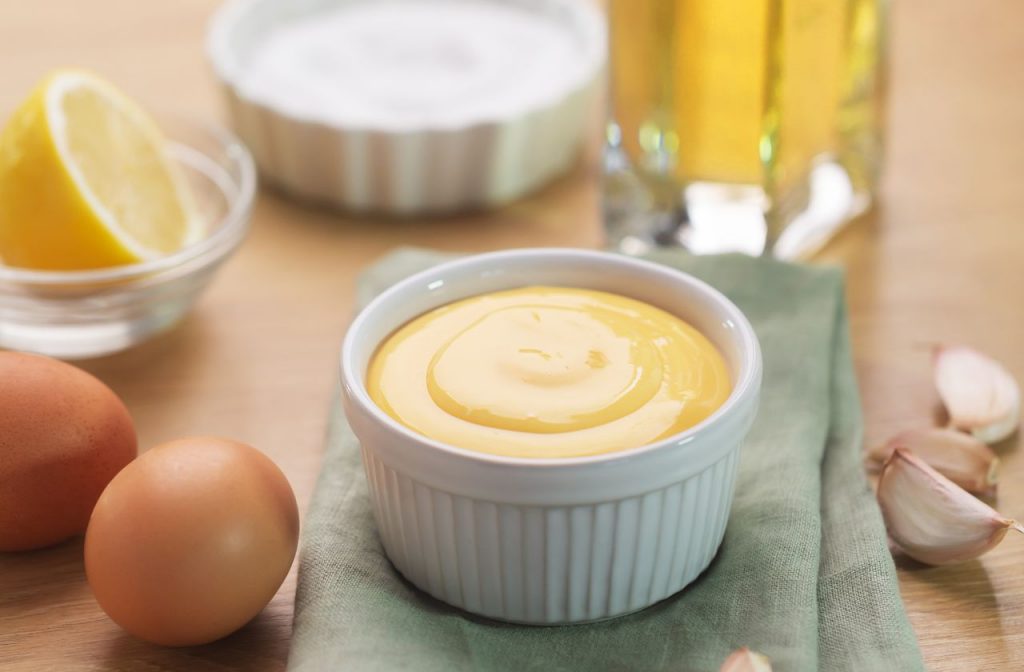 Ingredients:
Ingredients:
4 egg yolks, at room temperature (this is important and necessary)
1 bulb of garlic, roasted and peeled
2 tablespoons fresh lemon juice
1 cup avocado/grapeseed oil
1 cup extra-virgin olive oil
1 teaspoon kosher salt
Directions:
1. Add egg yolks, garlic, lemon juice and avocado oil to a tall glass measuring cup or Mason jar that has a wide enough mouth to accommodate the head of the immersion blender.
2. Place the head of the immersion blender on the bottom of the container; turn it on to its highest speed.
3. When the liquids begin to emulsify, slowly lift the blender head from the bottom and move it up and down and side to side until all of the oil is incorporated.
4. Add olive oil in a slow, steady stream, blending constantly until emulsified.
5. Blend in salt and serve or refrigerate.
6. Store refrigerated in a sealed container for up to 4 days.
To submit a question please email Shoshana at: foodeditor@unorthoboxed.com

Related Articles
Related
Ruti’s Remedies: It’s Never Too Late
Ruti's Remedies Dear Ruti, In last month’s response [February: 8 Keys to Healthy Communication with Your Kids], you made a comment that it’s never too late to build the bridge of a safe place for communication with your children. With all due respect, I challenge...
Easing Our Stress By Simplifying Our Lives
Information overload. The stress piles on and the mountain of work seems insurmountable. We live in times of exciting inventions and technological developments that are supposed to make our lives easier while more productive. However, many people feel that they are...
8 Keys to Healthy Communication with Your Kids
Ruti's Remedies Dear Ruti, I hear parents (especially young parents) say all the time “I want to have the kind of relationship with my kid that they will tell me if they did something wrong.” I think this is true of all parents (including myself). My question is: Is...
